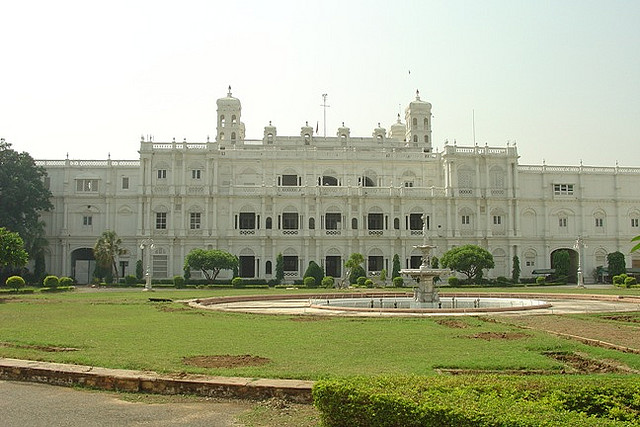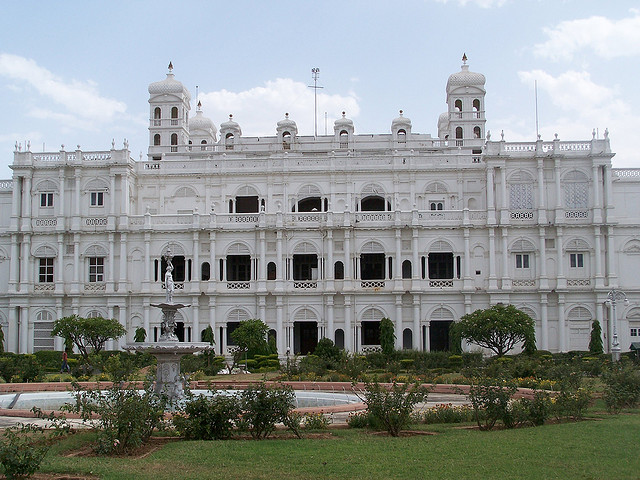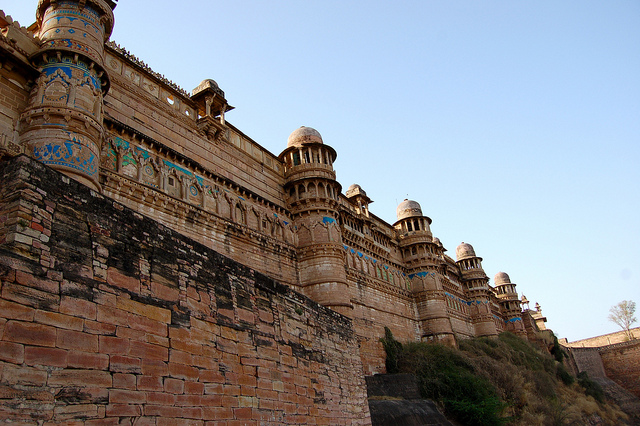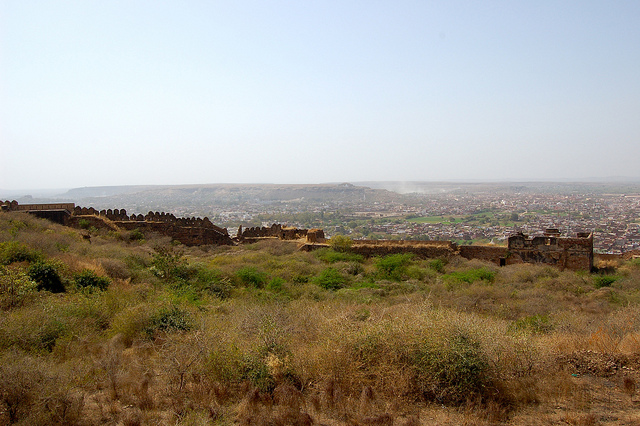A European style palace converted into museum, Jai Vilas Palace is situated in Gwalior. Its unique architecture, which is a mix of Italian, Tuscan and Corinthian, is quite amazing. Jai Vilas Palace is constructed by the Maharaja Jiyaji Rao Scindia and the fabulous palace is festooned with furniture from Versailles, Italy and France.
The Museum exhibits a collection of antiques belong to the Scindia reign. Two Belgian chandeliers weighing several tens will definitely catch the sight of everyone. Each article put on display in the museum is worthy to be mentioned, but some rare collections like a glass cradle from Italy, silver dinner services and swords that were once worn by Aurangzeb and Shah Jahan are conspicuous.





